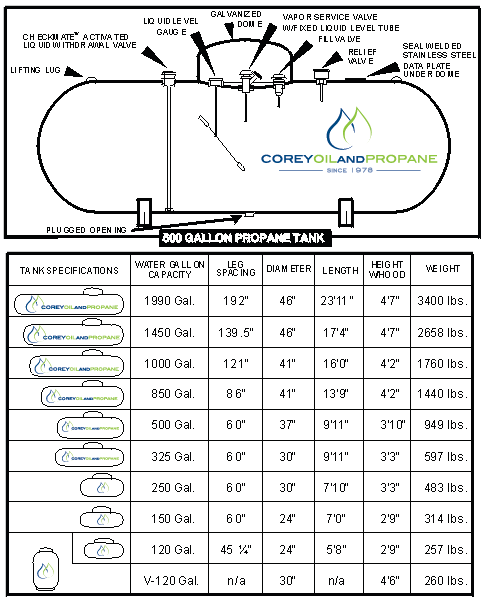novasbc
Smoke Blower
Thanks, that helps a lot! I guess it would be helpful to include in the description what the baseline is, that you need to watch for a 15% deviation. I went and measured my father-in-law's tank, and while it was different than mine (my ends are much closer to flat than his), the diameter of the tank was less, the cylinder section of it was almost identical in length, so the difference is made up in the end caps.
You will not need to increase it for a long narrow tank from the calculations Dave posted above. The numbers will be fine without modification and all will work quite well. Departures in excess of 15% will have an effect, otherwise, as designed, Dave's formula is optimum. The type of fuel you use and how you manage the vents during a cook have a more drastic effect on the smoke than does a change of 5% from Dave's optimum design numbers. Good luck and keep us posted!
Last edited:






